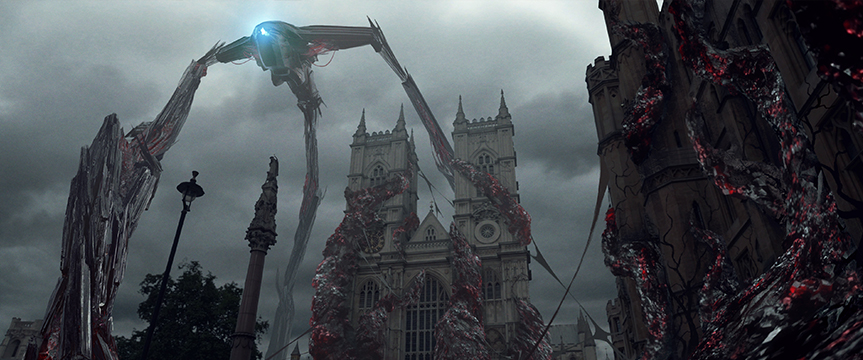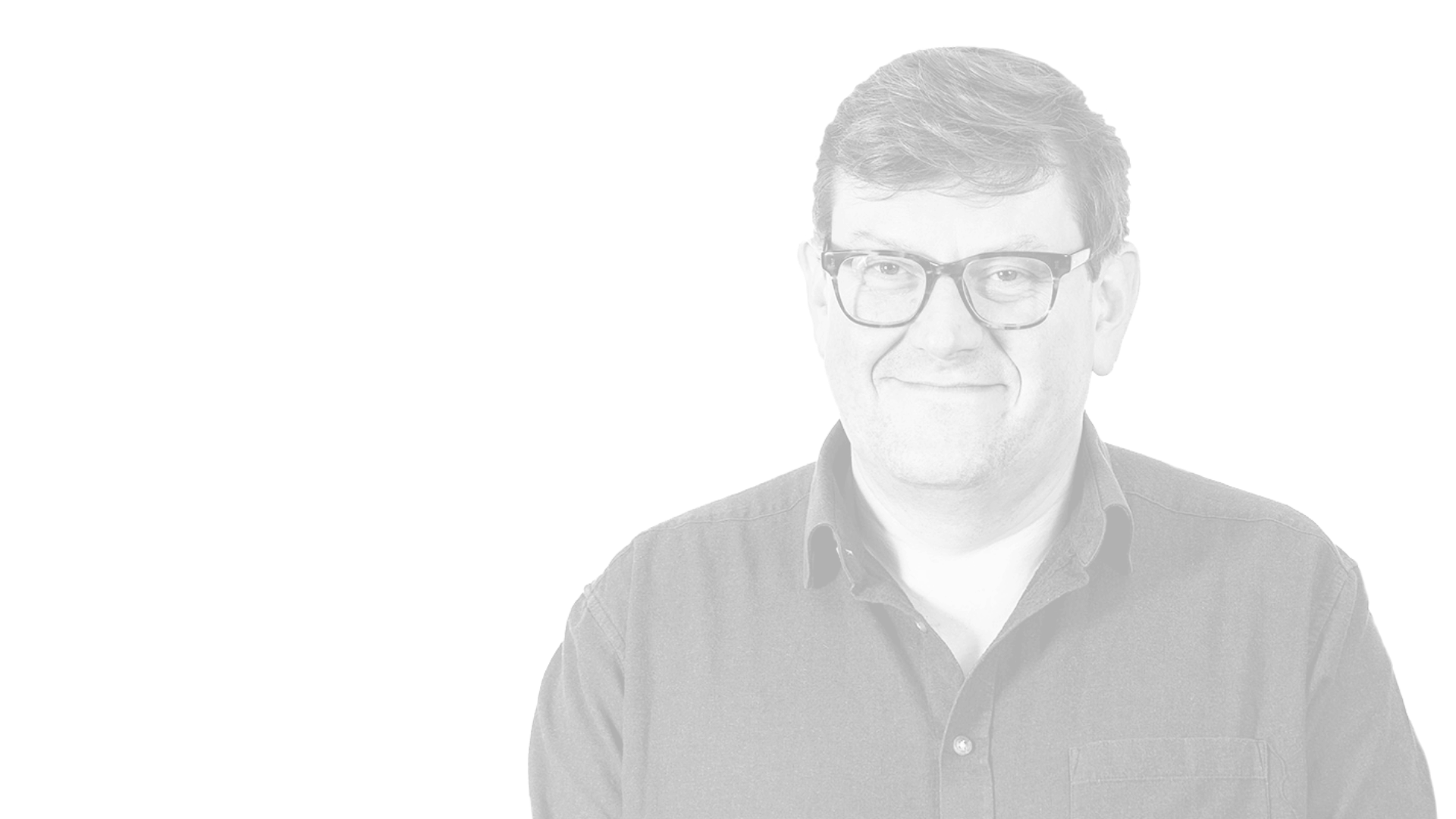From concept to comp: a guide through the VFX process

If you happened to catch the BBC’s recent adaptation of War of the Worlds towards the end of 2019, you would have seen some of our team’s amazing VFX work. The three-part series was an adaptation of HG Wells’ classic, the first to be set when it was written in the Edwardian era.
The process of creating VFX for a TV series – which meets or even exceeds the clients brief and also has the power to impress audiences alike – is a lengthy one and is not without its challenges and issues. That doesn’t mean it can’t be an enjoyable process. Using War of the Worlds as a frame of reference, let’s journey through the VFX process, from concept to final comp.
The brief
If the first part of the process is the pitch, then step zero is addressing the brief. Clients lay out their expectations and a rough idea of what they are looking for and ask for you to contribute your ideas. It’s a level playing field, with everyone receiving the same brief. Most often you will receive a script or if the work contains creatures or assets that need to be built in 3D, you may receive some mood boards or concept sketches. If you are building a world for the story there may already be some concept work or reference imagery. What matters at this point is how you interpret it.
You need to dive into the headspace of the client and discern what they want. But at the same time, it’s an opportunity to have some creative input and give it your unique spin. It’s the perfect time to astound the client and give it 110%.
For the War of the Worlds, our pitch had the usual you might expect: the 2D artwork, concept designs for the aliens, tripods, and environments – the red weed from the story. But then we also created an actual shot.
We used some high-quality 4K footage and comped in some CG elements, like a tripod. Then we had a contemporary audio track over the top of it. The contrast of the Edwardian imagery with this more modern music really chimed with the director. That’s how he was feeling at the time and how he was going to approach the project. That’s key to any pitch – understanding what’s in the client’s head and showing we’re here to support the narrative they’re trying to convey.
Developing the tripods
In the pitch, you get a sense of how well the two parties will work together. The vibe between you will make the entire process that much more exciting and fruitful. Now, communication is key as you bounce ideas back and forth, and as concept art begins to take shape and the artistic direction takes form.
It’s at this point you start to figure out the finer details of the VFX; the texture, the ‘feel’, the way a creature you are designing moves and emotes. The more detail the better – some of it won’t make it to the final production but that doesn’t mean you should ignore it. That richness in the design will only improve it, even if it is only on a subliminal level.
With War of the Worlds, we paid particular attention to the movement of the tripods. Not just how they walked, but the impact of their legs as they crunched into the ground. Our team envisioned a more earthy, mineralistic design, as if the machines were built from the resources in the ground on Mars. The legs had tectonic plates that shifted and scraped, sinking into the floor as they moved menacingly along. This idea was never properly seen on screen, but it helped characterise them as bulky, weighty, and deadly, aspects that definitely did come across in the end.
The same could be said for the martians themselves which we paid an equal amount of attention to. We explored the personality of these aliens, creating multiple character studies to realise their movement, how their muscles worked, how their skin looked, and how their face and proboscis probed. Detailed animation tests allowed us to see them in different modes – hunting, attacking, pouncing, and even mourning.
Collaborating with the creative team
What matters most throughout the entire process is working collaboratively with the Producer, Director,Writer and other Heads of Department (Production Design, Directors Of Photography etc). You can’t have a successful production without this collaboration as everyone’s voices and opinions matter.
You shouldn’t let your ideas run away with you and ignore the creative team on the client side, and they shouldn’t force you into working in a specific way. It’s about providing creative solutions, something we love to do – we aren’t just a work-for-hire outfit. Some of the best ideas throughout this project came from the freedom to let our team explore options and take them to the director and other key creatives on the series with an open mind to this creativity.
Every new client and project is a chance to better yourself. But our approach is always the same – make everything the best it can be and inspire belief. That’s what we always strive to do and something we’re proud to have accomplished with War of the Worlds.
If you want to see more of our work, have a look at our showreel. At REALTIME, we’re always looking for that next challenge, so if you think you have a project for us we’d love to hear it. Feel free to get in touch with me at [email protected].


